The 20 Best Folate-Rich Foods

When it comes to food and nutrition, most of us have heard that folate is important. But what exactly does folate do, and how do you make sure you’re getting enough? While the recommended amount is 400 micrograms a day, the good news is, you don’t always have to supplement to get enough (although you’ll want to check your levels with your doctor to be sure you’re good). There are plenty of foods that are naturally packed with folate.
What is folate?
“Folate and folic acid, also known as vitamin B9, is an essential vitamin the body needs for various functions,” says Monica Auslander Moreno, MS, RD, LD/N, nutrition consultant for RSP Nutrition. “Folate is involved in red blood cell formation, chromosomal and DNA repair, and is crucial in pregnancy to prevent neural tube defects. Folate also works in tandem with vitamins B6 and B12 to curb homocysteine levels—high homocysteine levels are associated with cardiovascular events,” says Moreno.
Is folate the same as folic acid?
Folic acid, however, should not be confused with folate, because they aren’t exactly the same thing.
“Folic acid is a synthetic form of folate, so even though their molecular structure is almost identical, folic acid contains one more proton,” says nutritionist, Jessica Ash, CNC, HHC, FDN-P and founder of Jessica Ash Wellness.
According to Ash, because folic acid is synthetic, the body sometimes can’t quite utilize it the same way as folate.
“It’s probably best to consume folate in the form that your body can recognize and metabolize the easiest, and also preferably get it from your food,” says Ash.
What does folate do?
Even though folate is essential to health for everyone, it’s particularly crucial for women of child-bearing age and pregnant women due to the role folate has in helping with a baby’s development, and also the hormones necessary during pregnancy.
“Folate is necessary for cellular division, which is why it’s important for women of child-bearing age because it prevents neural defects in babies, and it’s needed for making the important hormone, progesterone, ” says Ash.
How much folate do you need a day?
As stated earlier, the recommended daily amount is 400 micrograms, but Ash recommends that her clients who are planning to get pregnant bump up their folate intake even beyond the standard recommended daily value.
“I usually recommend anywhere from 800 to 1,200 micrograms in the months leading up to when you’re going to conceive, and then while you’re pregnant it’s usually a good idea to get anywhere from 600-800 micrograms. It’s kind of difficult to get that much from your food, so at that point, a supplement is recommended. But just do be aware that a lot of the supplements contain folic acid and not folate,” notes Ash.
What are the best folate foods?
Keep reading to find out the top food sources of folate we found, ranked from the least folate-rich to the most potent. These foods are easy to add into your current lineup. Chances are, you’re already consuming some of these regularly.
Consider adding these 20 folate-rich foods to your diet, and you’ll be able to get your folate intake up in no time.
Banana
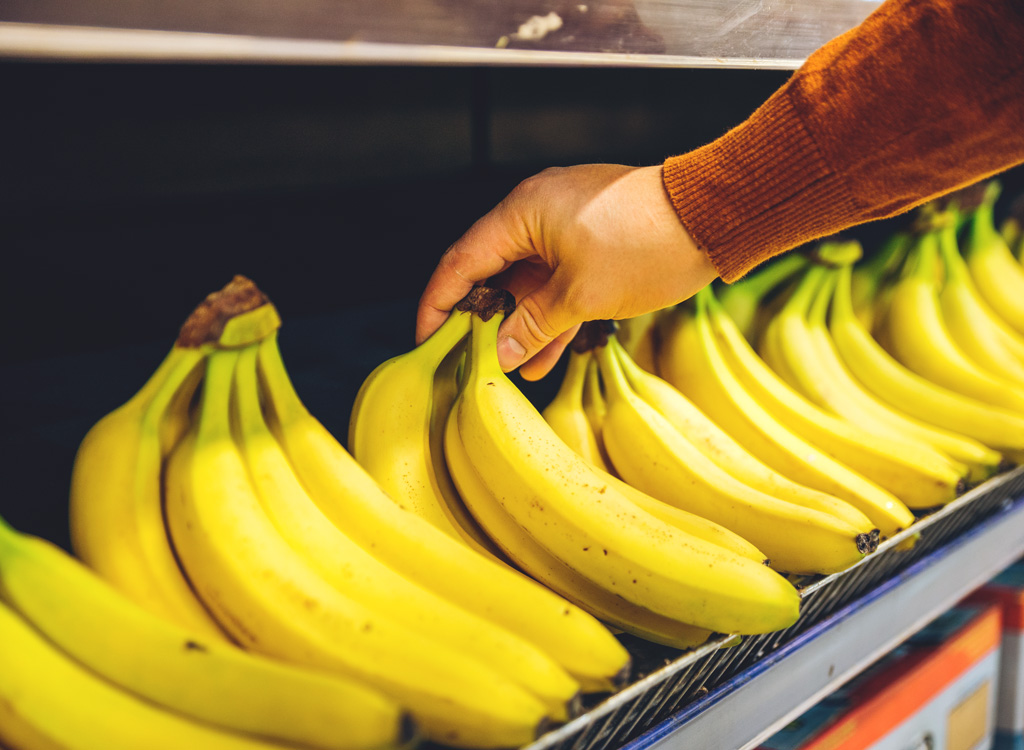
Who doesn’t love a banana? It’s one of the sweetest (and super portable!) fruits that make smoothies taste even creamier. Turns out, bananas are also a decent source of folate. Even though bananas don’t top the folate list, they’re also a great source of potassium and contain about 3 grams of gut-healthy fiber. Try cooking with bananas using these recipes.
Papaya

This sweet, tropical fruit is sure to become a summer favorite once you learn about its many benefits. Papaya is packed with nutrients, and it contains natural digestive enzymes (read: bye-bye bloat!). If you’re looking to boost your folate intake and decrease belly bloat, papaya is a great choice.
Peanuts
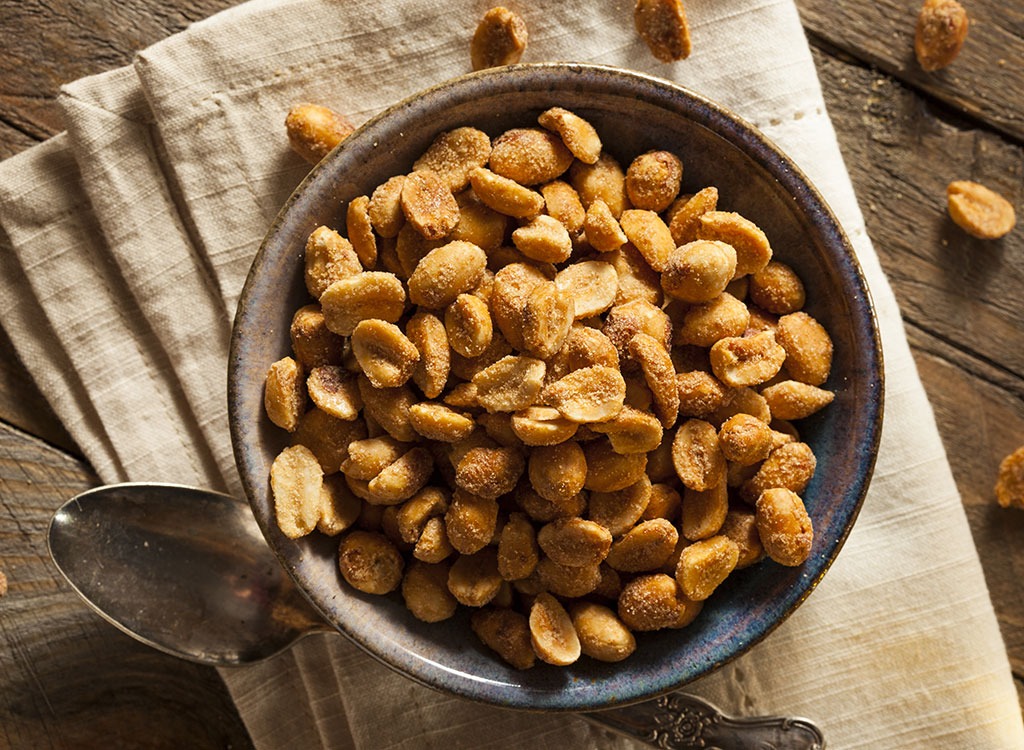
Even though they aren’t technically a nut, peanuts (which are actually legumes!) pack a variety of nutrients in a such a small package. A simple one-ounce serving contains a satiating 6.9 grams of protein and about 14 grams of fat. Enjoy peanuts mixed in your favorite trail mix, top your salads with them for extra crunch, or enjoy a classic peanut butter spread with fresh fruits and veggies for a snack.
Turnip Greens
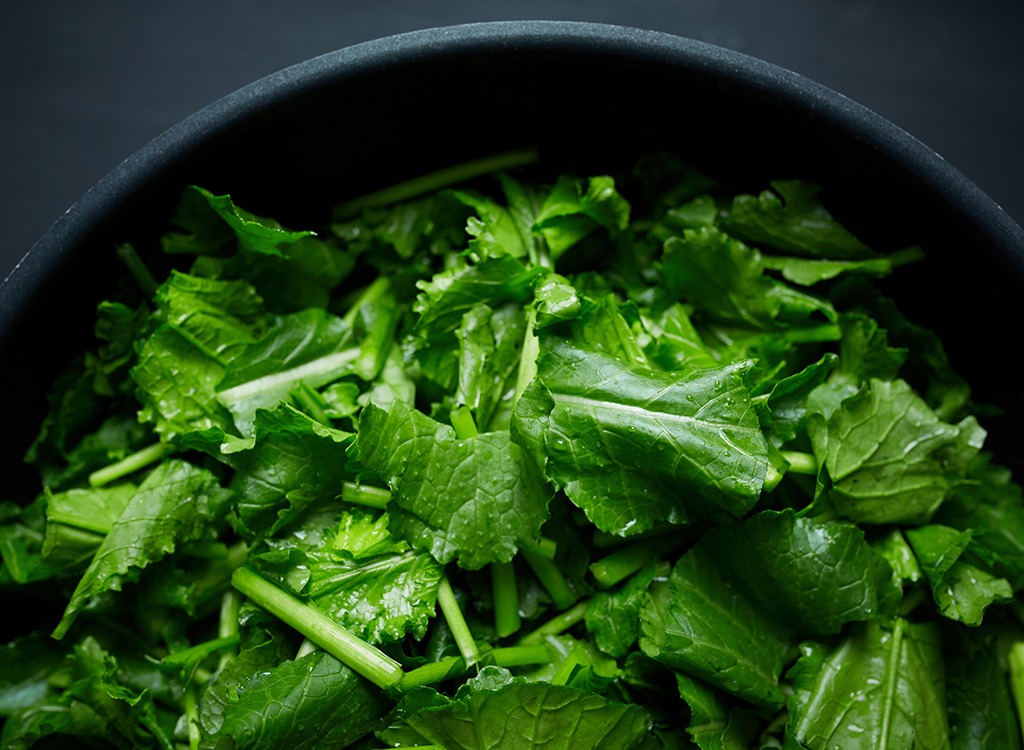
Traditionally eaten in Southern cuisine, turnip greens are a flavorful green that you can incorporate when you get bored with the standard spinach or kale. They are great sautéed in butter or oil with a bit of bacon or ham for extra flavor. Try adding them into soups, stews, or veggie sautés. Turnip greens are also a great source of calcium and potassium.
Orange
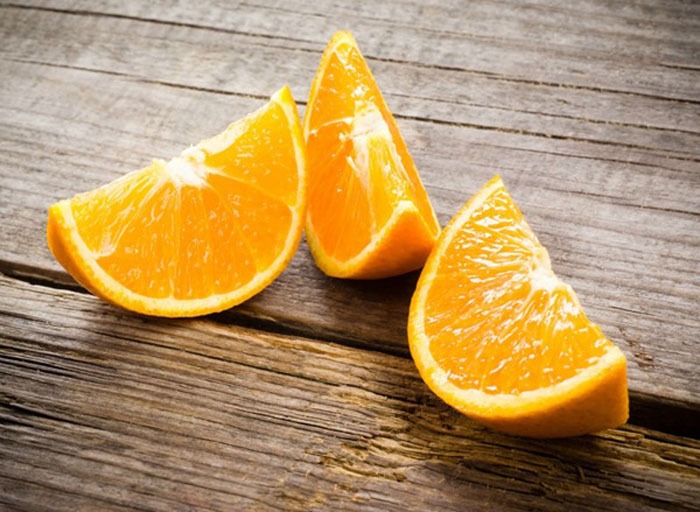
Oranges may be famously known for being a great source of vitamin C, but they also give you a healthy dose of folate. Not only that, but it’s also a food that makes you happy! We love enjoying an orange alongside breakfast, as a snack, or even on top of a salad for an extra sweet kick to lunch or dinner.
Crab (Dungeness)
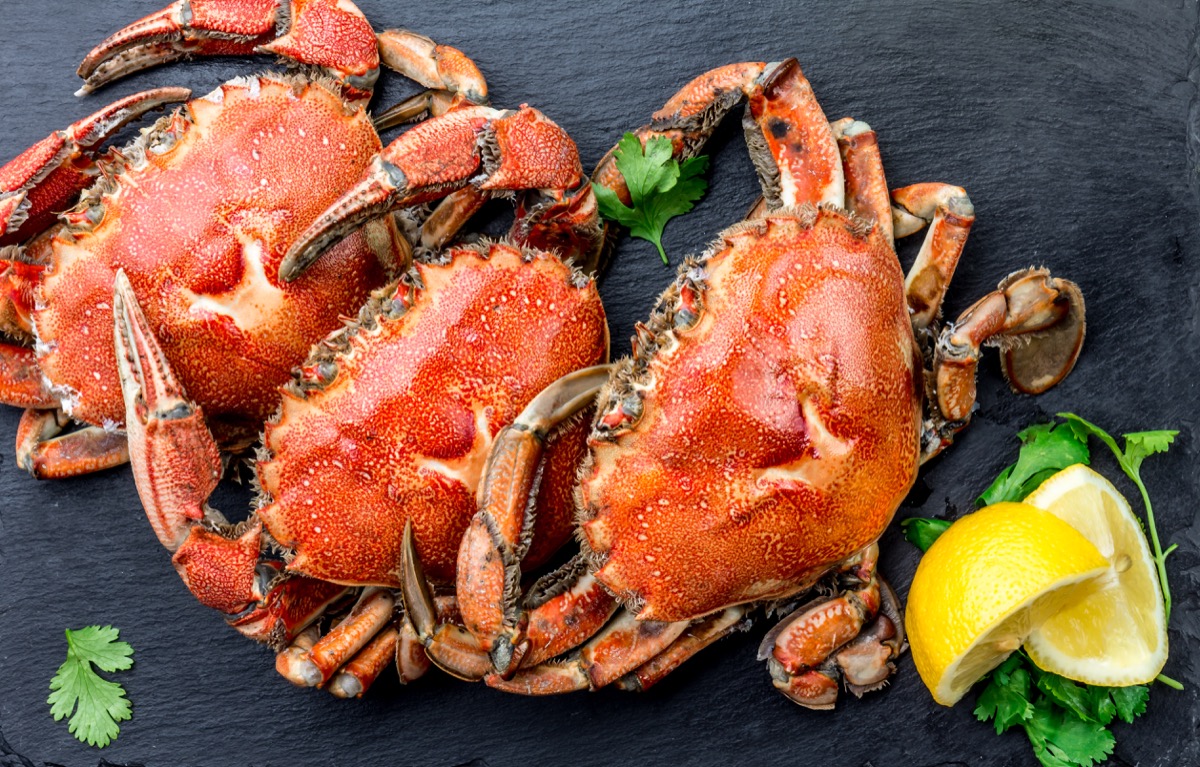
Good news for crab-lovers! Crab is a great source of protein, calcium, and potassium, and it gets you 37 micrograms of folate for every three-ounce serving. If you love seafood, which has a ton of health benefits, it’s time to add some crab legs into your diet. Not a fan of crab legs? You can also bake crab into a quiche, add it into a pasta dish, or make a creamy crab dip to serve with veggies or crackers.
Tomato Juice
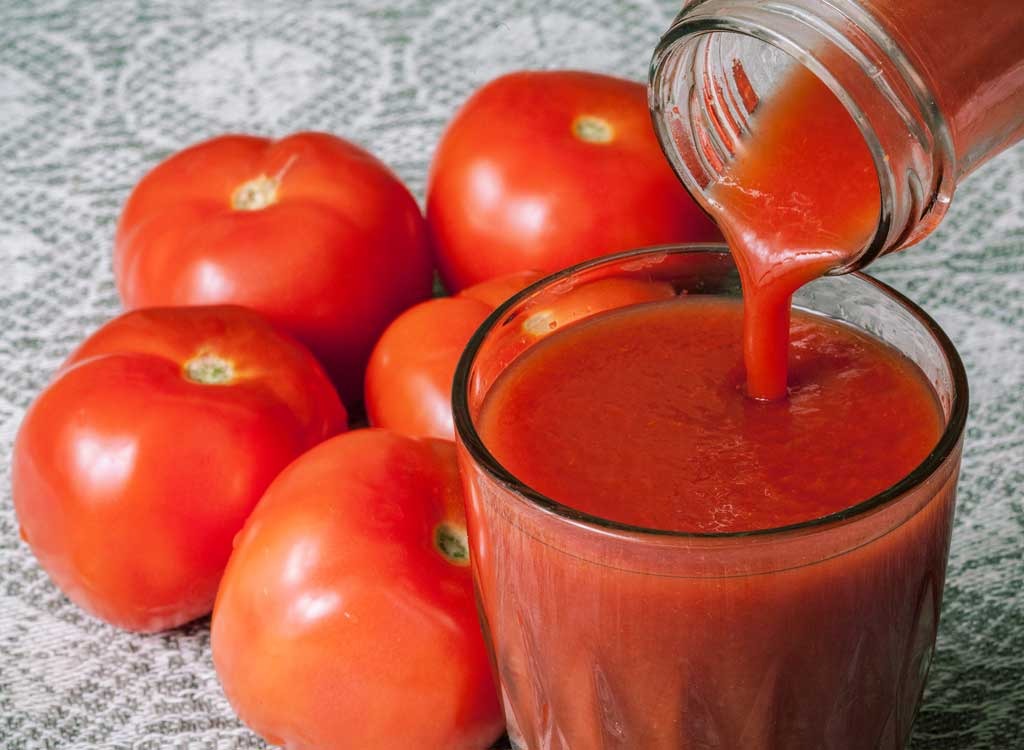
Whether you prefer to drink it straight or use it in recipes (like soups or sauces), tomato juice is another way to make sure you’re getting enough folate in your diet. You’re also getting a great dose of potassium (395 micrograms), vitamin A (820 micrograms), and vitamin C (127.8 micrograms) from tomato juice.
Orange Juice
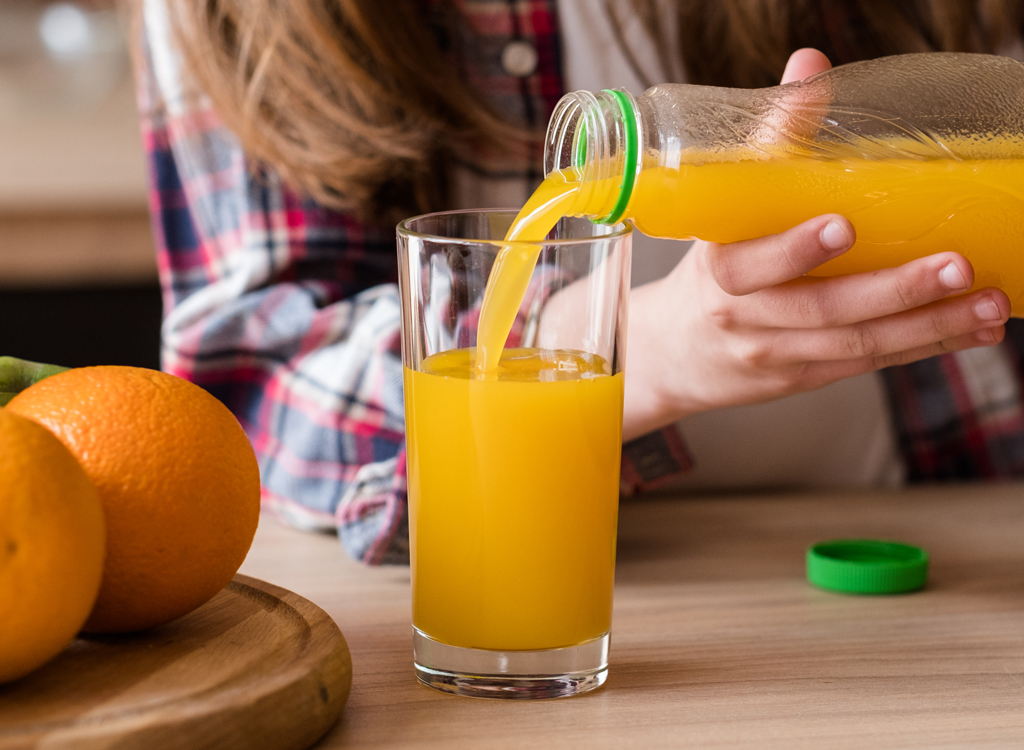
Surprisingly enough, orange juice gives you even more folate content compared to eating the whole fruit itself. Enjoy this classic go-to breakfast drink in the morning, or add it to a smoothie to increase sweetness and bump up the nutrition.
Kidney Beans
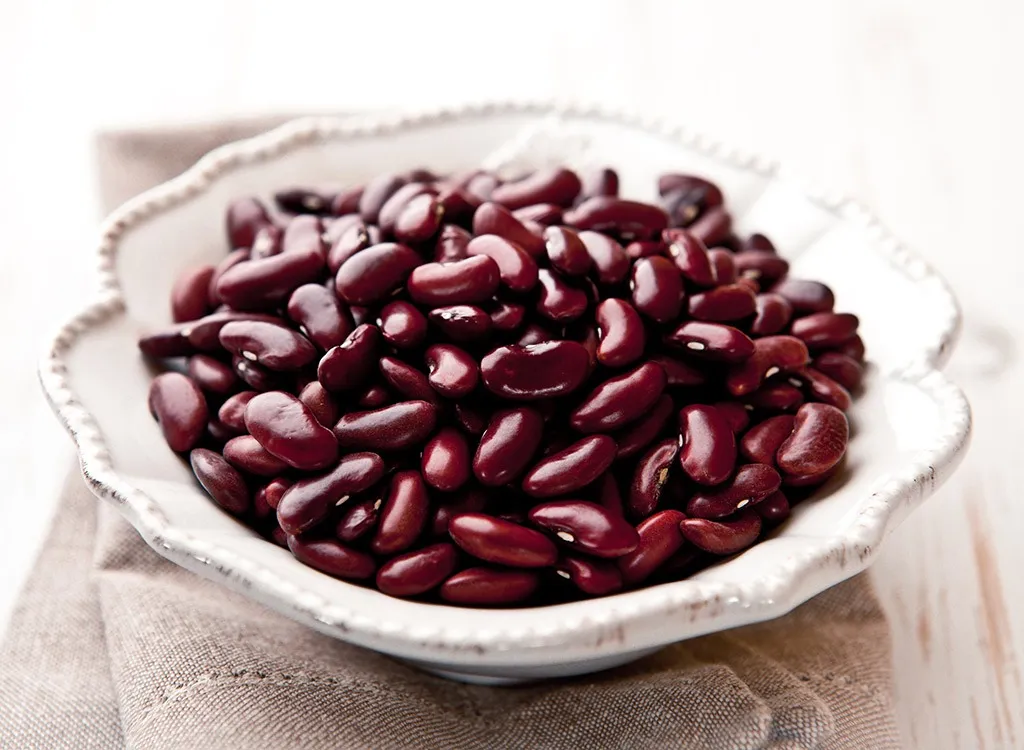
Kidney beans are not only a great source of folate, but they also pack lots of protein (even more than an egg) and fiber—making them a great addition to meals and recipes. Kidney beans are popular in chili and soups, but they also make a great addition to other recipes where beans are standard. Enjoy them with a traditional rice and beans dish, or even use them to swap out the refried beans in your burritos and tacos.
Brussels Sprouts
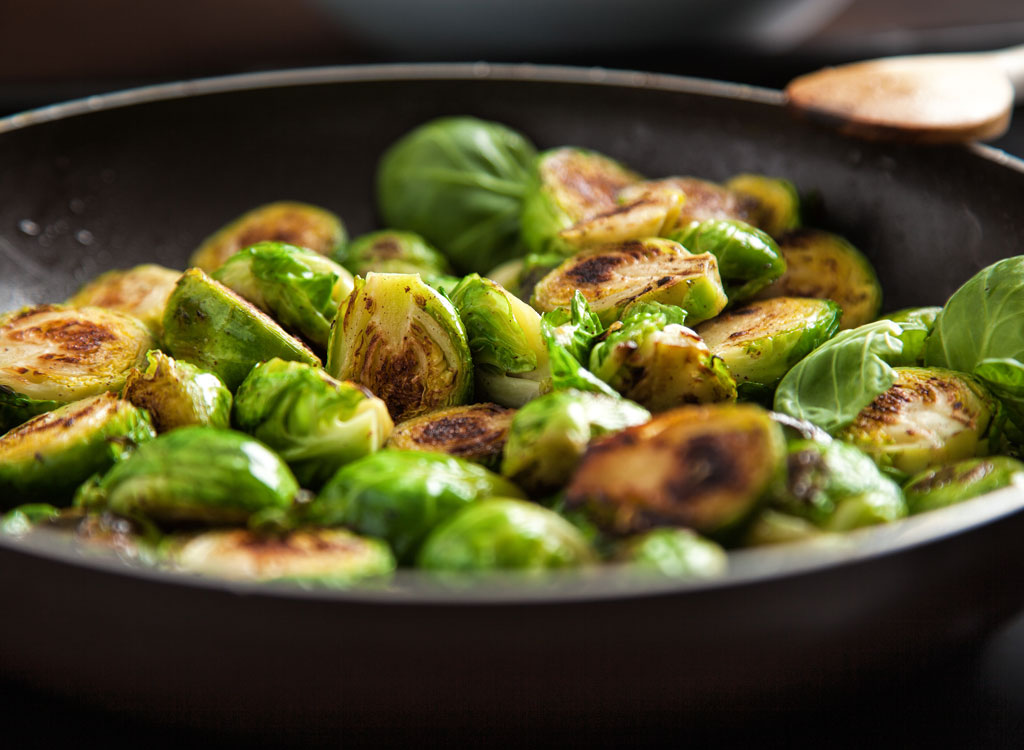
Brussels sprouts are packed with fiber (with 2 grams for just 1/2 cup), vitamin A, and, of course, folate. They’re a versatile side dish and can be served roasted, boiled, steamed, or sautéed. Add some of your favorite seasonings or top with cheese for even more flavor. Raw, shaved, or thinly sliced sprouts add great texture to a salad, or they can even serve as the salad base alone. Or try one of these must-make Brussels sprouts recipes!
Green Peas
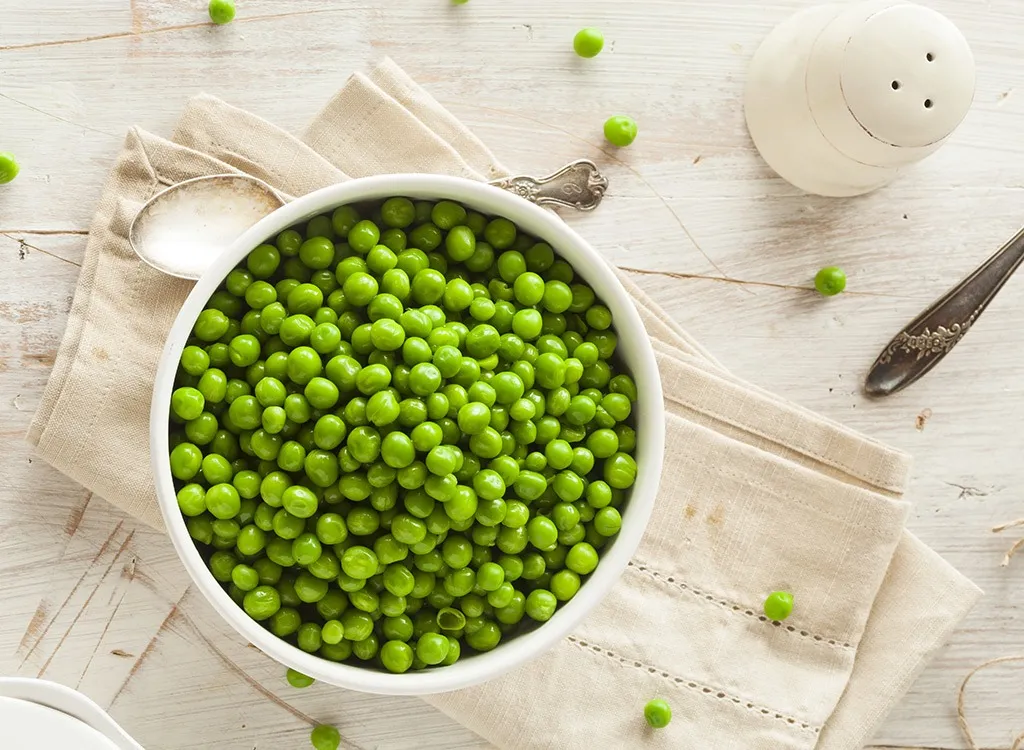
With more than 12 percent of your folate daily value in a 1/2 cup of green peas, you’ll also be reaping the benefits of 4 grams of satiating fiber and 4 grams of protein for only 67 calories. Add some to a pesto pasta dish or mixed with carrots as a nice side.
Mustard Greens
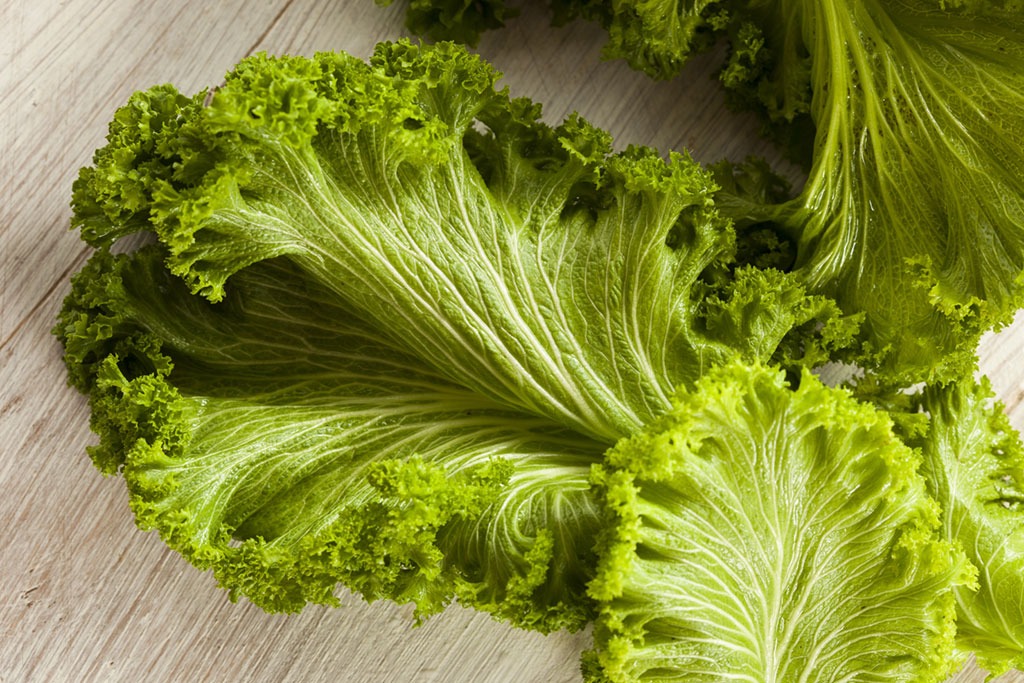
Tired of your usual greens? It’s time to change things up. When you’re looking to get your leafy greens in but want a different flavor, in comes mustard greens to save the day. Plus, mustard greens pack 52 micrograms of folate and are a good source of calcium, plus vitamin A, E, and K.
Broccoli
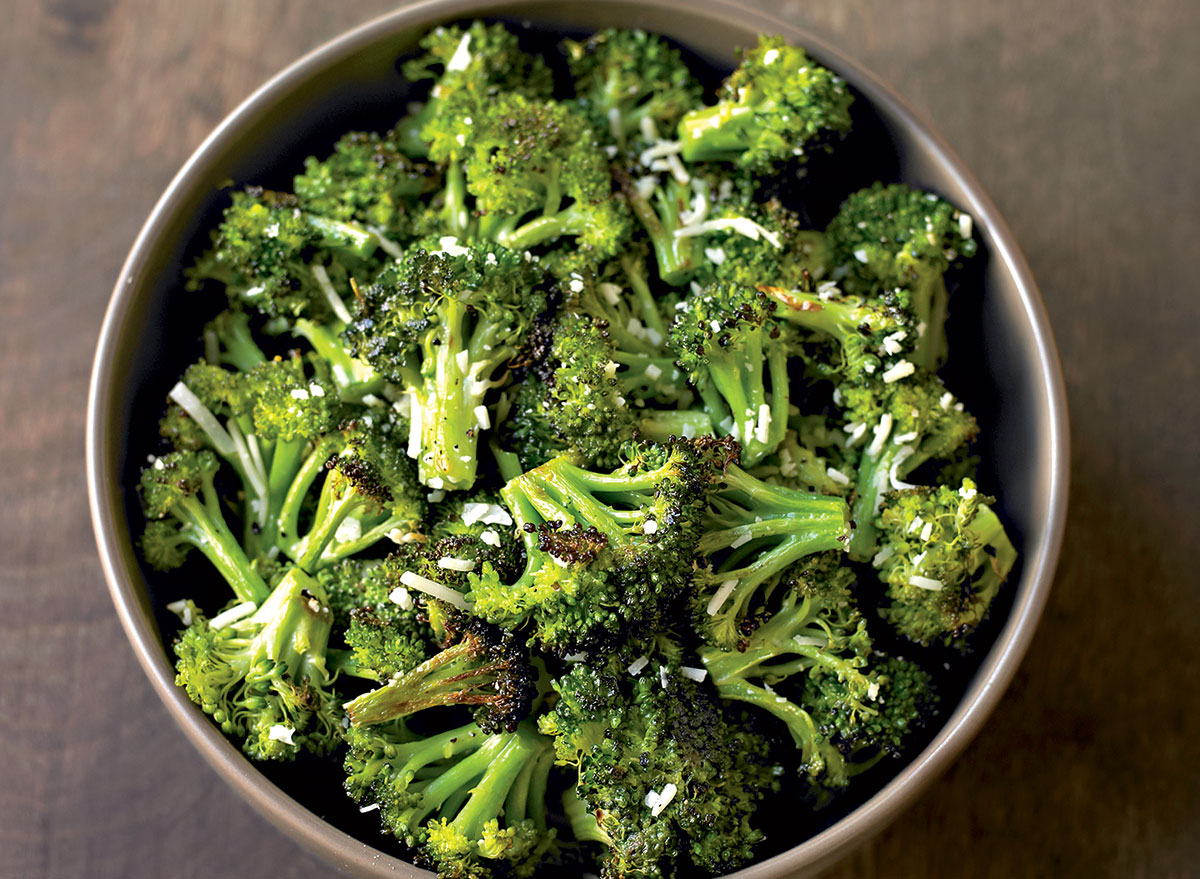
If you need yet another reason to eat your broccoli, here it is! Broccoli happens to pack 13 percent of your daily value of folate—not bad for a 1/2 cup serving. Broccoli also happens to be a great source of vitamins A, C, and K. If you’re used to steaming your broccoli, try switching things up by roasting it in the oven with Parmesan cheese, or air-frying it for a crunchy texture.
Avocado
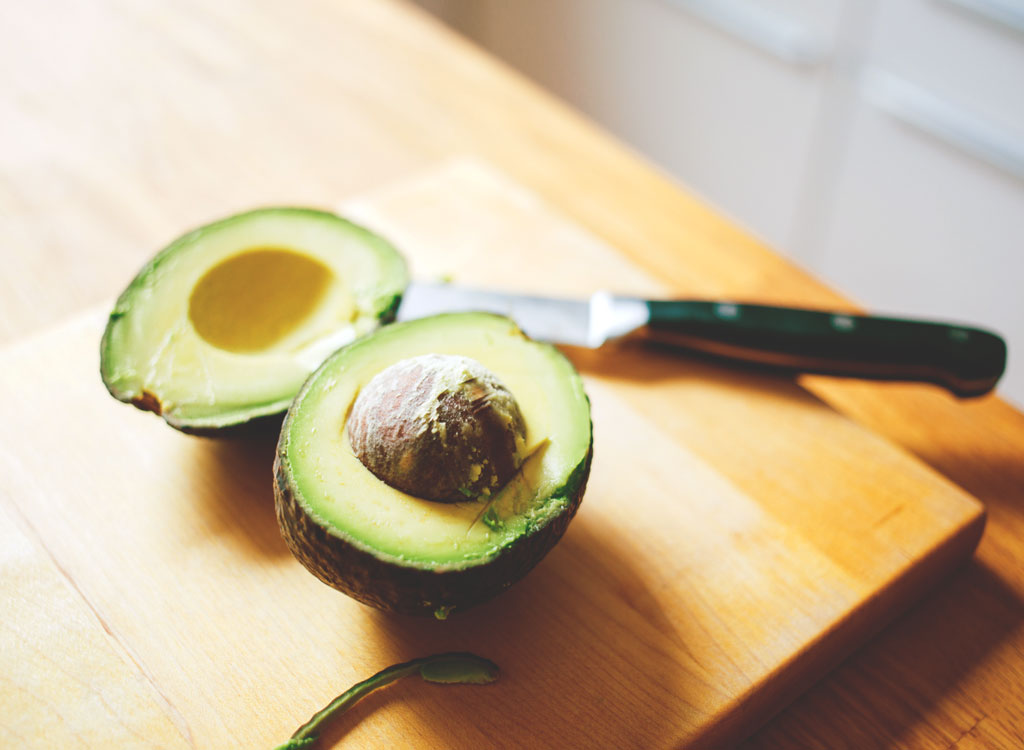
Avocado may be one of the most popular foods of the moment, and it’s for good reason. Avocados are packed with good-for-you fats, fiber, and—you guessed it—folate. So go ahead and reach for that guacamole, avocado toast, or one of these avocado recipes on Instagram, and you’ll be on your way to getting your daily folate in no time.
Romaine Lettuce
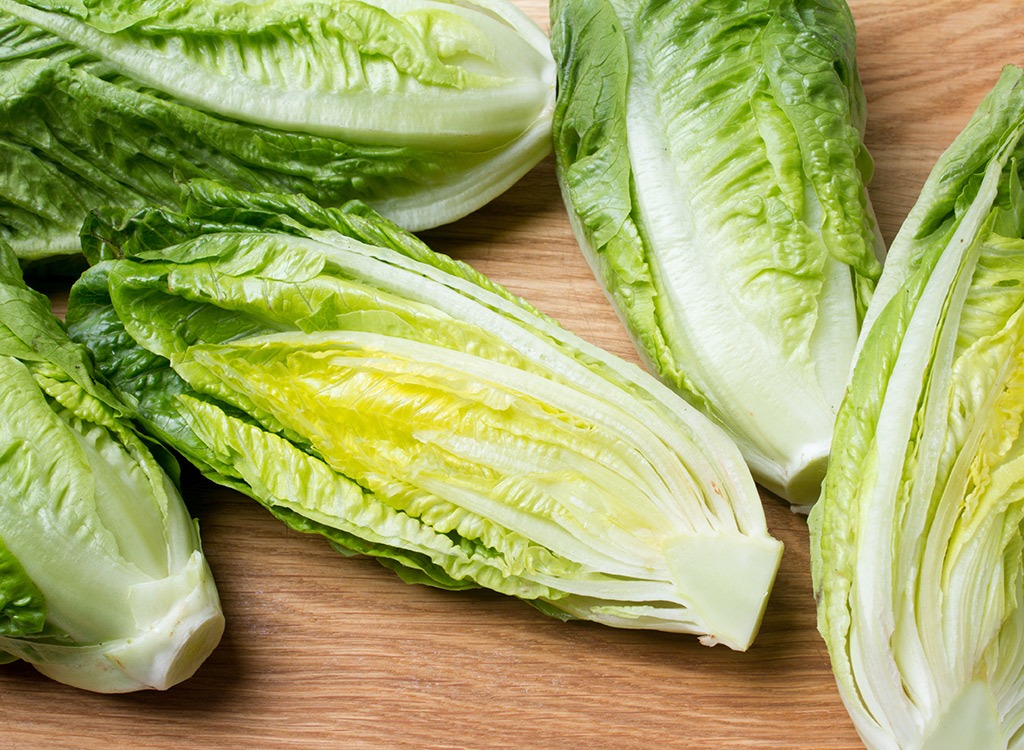
Don’t underestimate the nutrition your “boring” salad greens can pack, especially because it’s considered even more of a superfood than kale! Just one cup of the mild-tasting romaine provides you with 16 percent of your folate daily value. Next time you’re in the mood for meal prepping some salads for lunch, why not use romaine lettuce as the salad base for some extra folate?
Wheat Germ
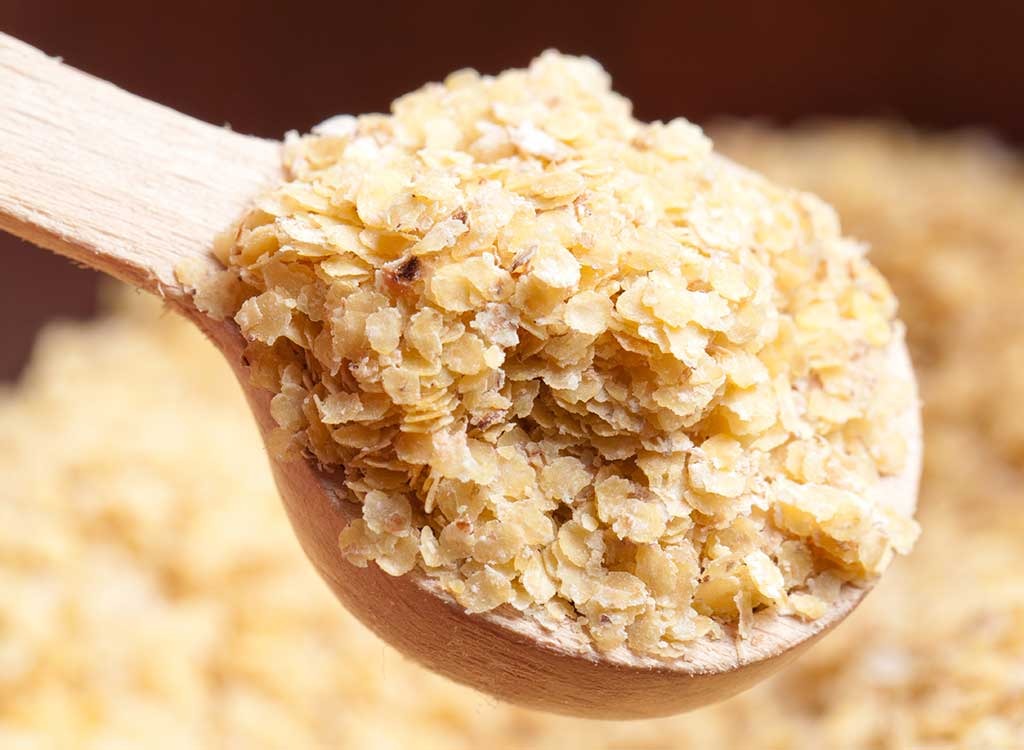
Wheat germ is derived from wheat and is typically found in some cereals or sold in a powder-type form.You can add it to your smoothies or sprinkle it in any recipe you’d like. Try it on your next bowl of oats! Just two tablespoons pack 80 micrograms of folate, plus 3.7 grams of fiber and 6.5 grams of protein. That’s a ton of nutrition in a small two-tablespoon serving!
Asparagus
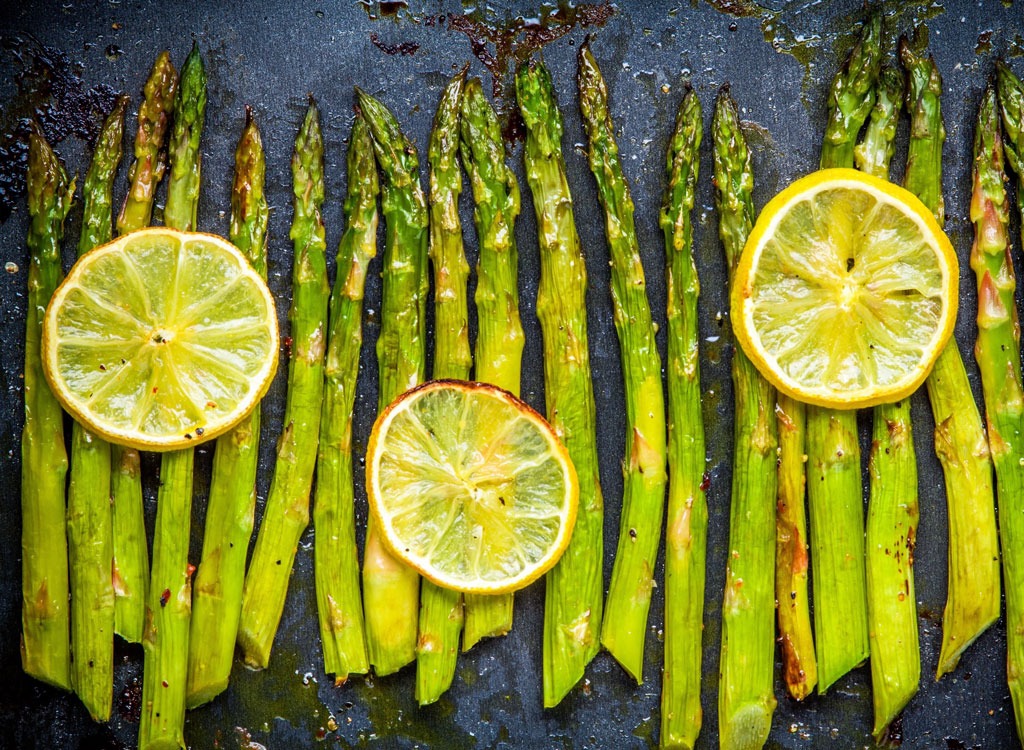
If asparagus isn’t in your weekly veggie lineup, it’s time to think again. Just 4 spears will get you 89 micrograms of folate. Asparagus is great added into dishes like omelets, frittatas, and served alongside entrees like steak or fish. Experiment with different styles of cooking it such as boiling, steaming, or roasting. Each technique slightly changes the texture or flavor accordingly. Here’s how to cook asparagus to perfection every time.
Black-Eyed Peas

Black-eyed peas not only contain 105 micrograms of folate, but they’re also a great source of fiber and calcium. They make a great side dish on their own, or simply add them into soups or salads for texture and flavor.
Cooked Spinach
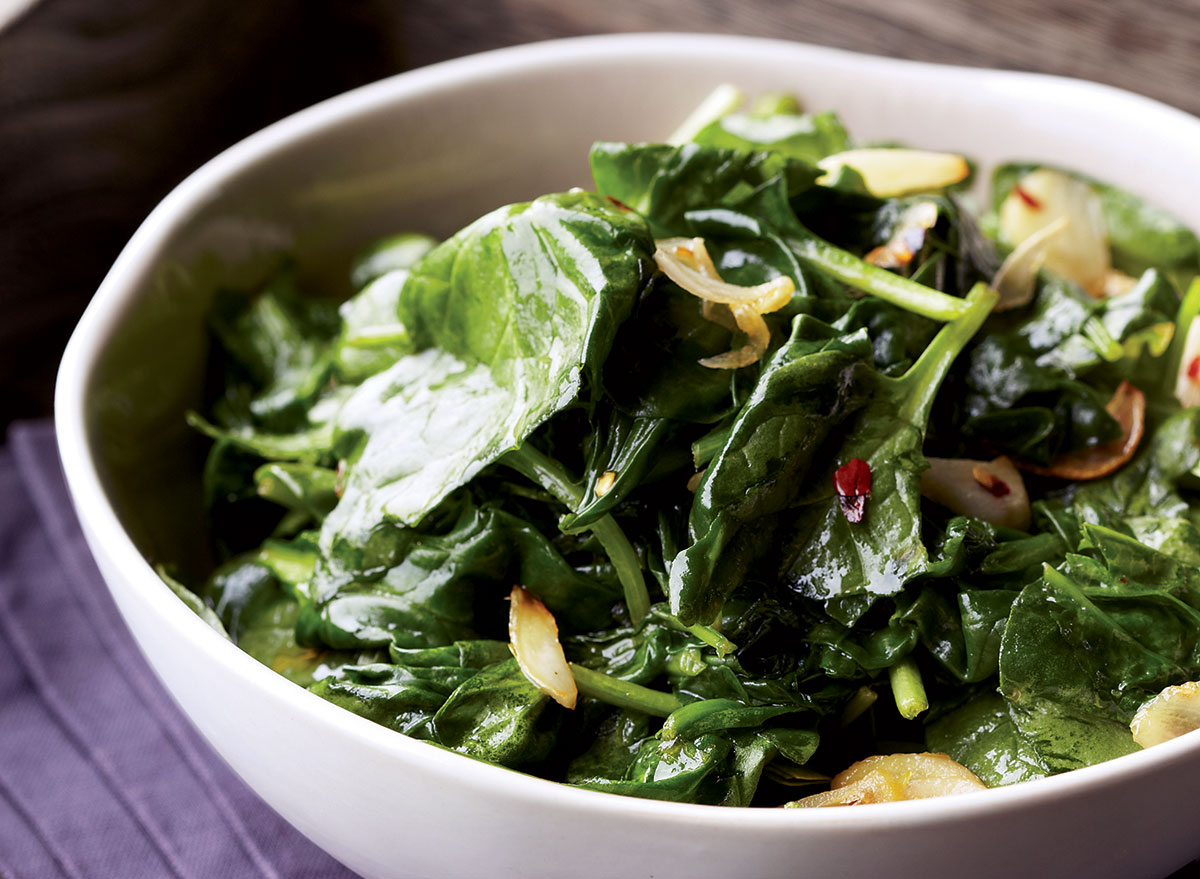
Don’t love raw spinach? Just boiling your spinach will increase your folate intake more than two-fold. To reap the benefits, throw a bag of spinach in your favorite soup, boil it as a side, and drizzle a splash of garlic-infused olive oil on top. Or add boiled spinach to an omelet. You could even enjoy our easy garlic lemon spinach recipe as a side with dinner.
Beef Liver
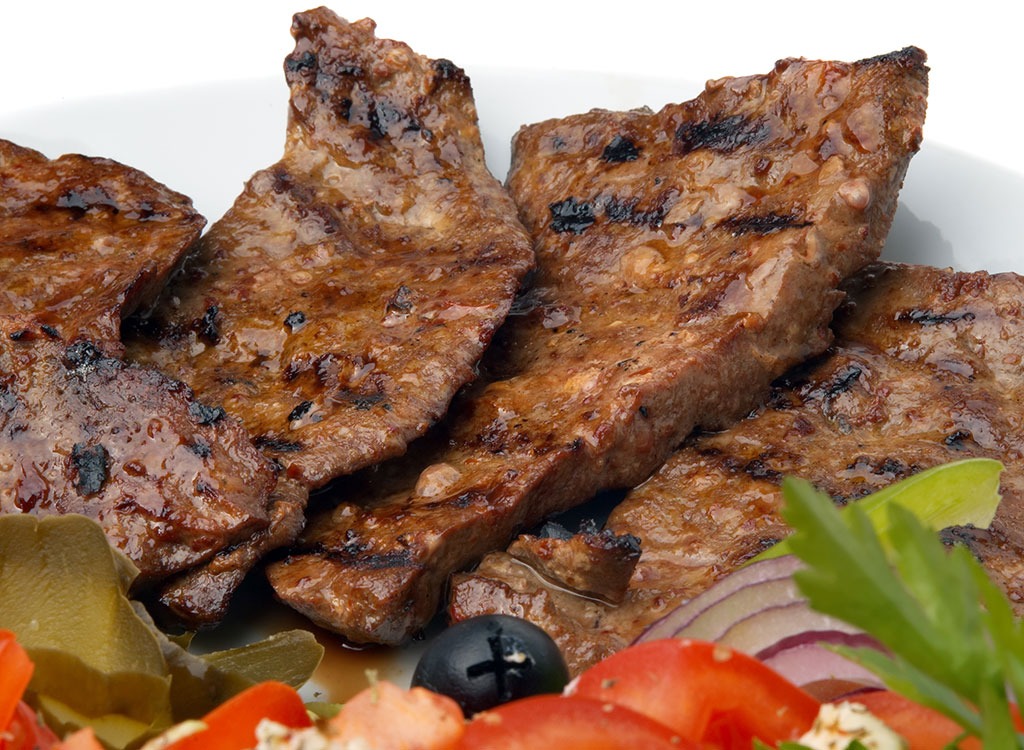
Beef liver may not sound like the most appetizing way to get your folate intake, but it packs a ton of nutrition for a relatively small serving. Plus, the four-ounce serving contains 20 grams of protein. Having a hard time stomaching liver? Nutritionist Ash recommends incorporating some beef liver into your ground beef. You’ll hardly notice a difference in the taste, but you’ll get almost your entire day’s worth of folate by doing it.